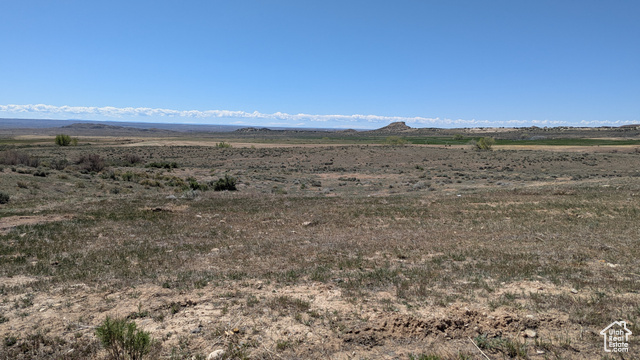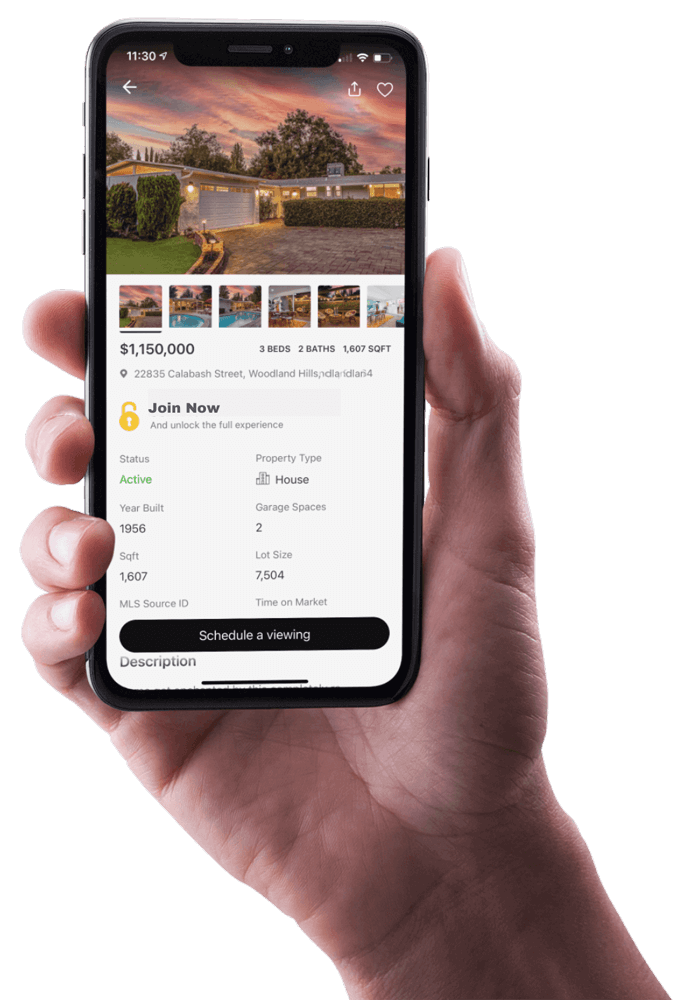Understanding the difference between title and deed is essential for anyone involved in Utah real estate, whether purchasing a starter home in Salt Lake City, investing in a rental property near St. George, or closing on a mountain property in Park City.

Introduction
A recent market update from September 5, 2025, covered a surprise jobs report and its immediate impact on mortgage rates. The national data showed softer-than-expected payroll growth and a modest uptick in unemployment, triggering the largest one-day decline in 30‑year mortgage rates since the prior August. This analysis translates those macro developments into practical guidance for buyers, refinancers, sellers, and investors focused on Utah real estate markets.
Snapshot: What the Labor Market and Inflation Data Showed
Key economic figures released alongside the September jobs report drove the market reaction. Nonfarm payrolls rose by only 22,000 for August, a far smaller gain than consensus estimates. The official unemployment rate rose to 4.3% from 4.2% (U3). Broader underemployment (U6) moved up to about 8.1%, and labor force participation hovered near 62.3%. Average hourly earnings increased by 0.3% month‑over‑month and about 3.7% year‑over‑year, indicating wage growth is losing momentum.
Immediate Impact on Mortgage Rates
Markets re-priced interest rate expectations quickly. Mortgage News Daily reported the average 30‑year fixed rate dropping roughly 16 basis points to about 6.29% — the lowest level since early October of the prior year — with many lenders quoting even lower, around the mid‑6% range and some offering rates in the high‑5% territory for government loans. Bond markets and lenders reacted because slower job growth lowers near‑term inflation and Fed rate‑cut risk.
Federal Reserve Outlook and the Calendar Risk
All eyes turned to the upcoming Federal Open Market Committee meeting scheduled in mid‑September. Markets were pricing a very high probability of at least a 25 basis point cut by the next meeting, with a small but non‑zero chance that a 50 basis point move could appear on the probabilities table. That re‑pricing helped mortgage rates fall, but the situation is delicate: incoming inflation data (Producer Price Index and Consumer Price Index) can quickly reverse the rally.
Why Next Week’s Inflation Readings Matter
Producer inflation (PPI) often shows price pressures earlier in the supply chain and can be an early indicator of future consumer inflation. Consumer inflation (CPI and core measures) arrives shortly after and is closely watched for momentum. If PPI or CPI prints hotter than expected, markets could move to price out rate cuts, sending mortgage rates higher again. In short: the drop in rates is meaningful but vulnerable to fresh inflation surprises.
What This Means for Utah Buyers, Sellers, and Investors
Utah markets remain affected by national rate swings because mortgage costs directly influence affordability and buyer demand. Active buyers in Salt Lake City, St. George, Park City, and other Utah markets should consider the shorter window of opportunity when rates materially decline. Sellers should be aware that improved affordability can widen the buyer pool, while investors should use rate dips to re‑evaluate leverage decisions and cash‑flow projections.
For Utah home searchers and sellers, local inventory dynamics — supply constraints in many desirable neighborhoods — can amplify the real‑world impact of a small rate move. Financing savings from a lower rate can increase purchasing power meaningfully when competition is tight.
Down Payment Assistance and Refinance Caveats
Down payment assistance programs can be valuable, but some are structured as repayable second liens rather than forgivable grants. Borrowers who used repayable assistance may find themselves unable to refinance into a lower rate without paying off or including that assistance balance. That additional balance can push monthly payments higher or raise loan‑to‑value ratios, limiting refinance options.
Buyers considering assistance in Utah should confirm program terms (forgivable vs. repayable), long‑term implications for refinancing, and how parity with private mortgage insurance (PMI) or conventional loan rules will be handled. When possible, forgivable assistance or true grants avoid future refinance entanglements.
Actionable Recommendations for Utah Residents
- Monitor inflation prints closely: PPI and CPI in the week following the jobs report will be the main drivers of whether the recent rate drop holds.
- If the target rate is reached, lock selectively: Buyers and refinancers who have run affordability analyses and determined a favorable break‑even point should consider locking while the market offers mid‑6% or high‑5% pricing. Reassess lock windows and float‑down options with a lender before committing.
- Evaluate down payment assistance carefully: Confirm forgivable status and future refinance impact before accepting assistance that adds a repayable second lien.
- Compare multiple lenders: Even small fee and rate differences can change break‑even timelines; request and compare Loan Estimates from several lenders and document the best offer.
- Investors should stress‑test deals: Recalculate returns using both current rates and higher‑rate scenarios in case inflation surprises push rates back up toward 6.5%.
Local Market Note and Where to Look for Listings
Utah continues to offer diverse market opportunities across mountain towns, suburbs, and fast‑growing southern communities. For statewide property searches and Utah market resources, consult the primary Utah listing portal at https://bestutahrealestate.com for up‑to‑date inventory and market overviews.
Relevant Resources
- Federal Reserve economic data and meeting calendar: https://www.federalreserve.gov/
- National real estate trends and guidance: nar.realtor (National Association of Realtors)
- State resources and data: utah.gov
Conclusion
The September jobs report produced a sharp, immediate decline in mortgage rates, offering a potential window for Utah buyers and refinancers. However, the durability of this move hinges on upcoming inflation reports and how markets reprice Fed expectations. Utah buyers should combine careful affordability analysis, clear knowledge of any down payment assistance terms, and lender comparisons before deciding to lock. Investors and sellers should update scenario analyses to reflect both the improved affordability and the risk of rates moving higher again.
Frequently Asked Questions
Should a Utah buyer lock in now after the rate drop?
Locking depends on an individual’s affordability analysis and risk tolerance. If a buy scenario has a clear payment target and the new rate meets that target with an acceptable break‑even and closing timeline, locking is reasonable. Those who prefer to risk a further drop can float the rate but should be prepared for rapid reversals if inflation data surprises to the upside.
Is it a good time to refinance in Utah?
Refinancing makes sense when the combination of lower interest rate and net savings exceeds closing costs within a desired time horizon. Borrowers with repayable down payment assistance or limited equity should run scenarios to ensure the refinance reduces monthly costs after accounting for any second liens.
How will a Fed rate cut affect mortgage rates?
Mortgage rates are influenced by longer‑term Treasury yields and mortgage‑backed securities markets rather than the Fed funds rate directly. The Fed’s signaling and economic data shape investor expectations; a cut can support lower mortgage rates, but sudden inflation increases or changes in liquidity can offset or reverse that effect.
What should Utah homebuyers watch for in the coming week?
Focus on PPI and CPI releases, any upward revisions to jobs data, and commentary from members of the Federal Reserve. Hotter‑than‑expected inflation readings would increase the risk of higher mortgage rates in a short time frame.











